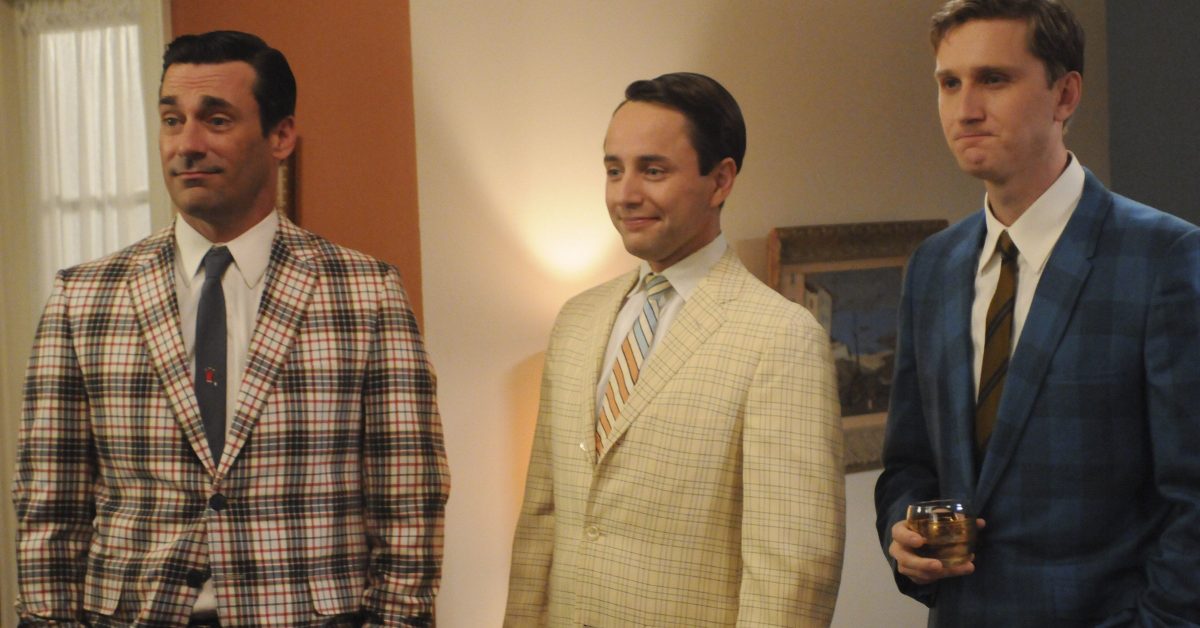Mad Men is still renowned for its historical accuracy throughout its seven seasons. The show factually covered many major historical events throughout the 1960s. However, even the best historical shows tend to make a few mistakes here and there. Here, we take a look at some of the things Mad Men got wrong during its seven-season run.
1. The divorce rate
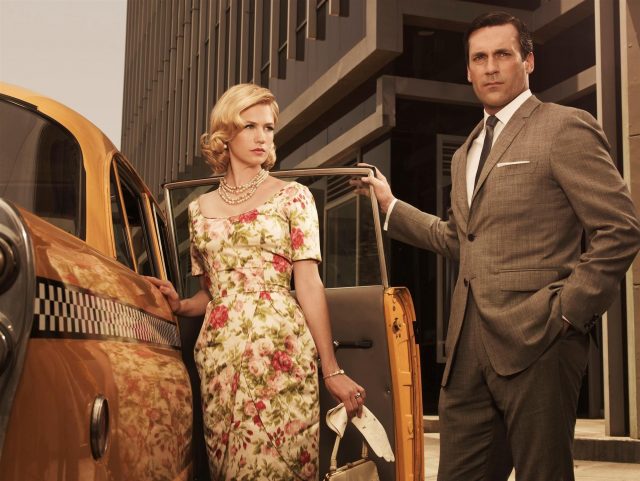
Mad Men is famous for its portrayal of numerous affairs and casual relationships of the people in the ad business. The main character, Don Draper, had too many extramarital affairs to even begin to count. While the portrayal of infidelity may have been more historically accurate, the shockingly high divorce rate of the main characters is not historically accurate.
In the 1950s, a major emphasis was put on the family unit and marriage. At the start of the 1960s, at least, there was a similar sentiment surrounding marriage. In 1960, the divorce rate was just over two divorces per 1000 Americans. In 1965, this average had slightly increased to 2.5 divorces per 1000 people. By the end of the decade in 1969, the divorce rate had risen to 3.2 divorces per 1000 people.
For people higher up the corporate ladder, just like Don Draper and Roger Sterling, divorce rates would be even lower. In other words, divorce was not nearly as common as Mad Men would have its viewers believe.
2. Drinking in the office
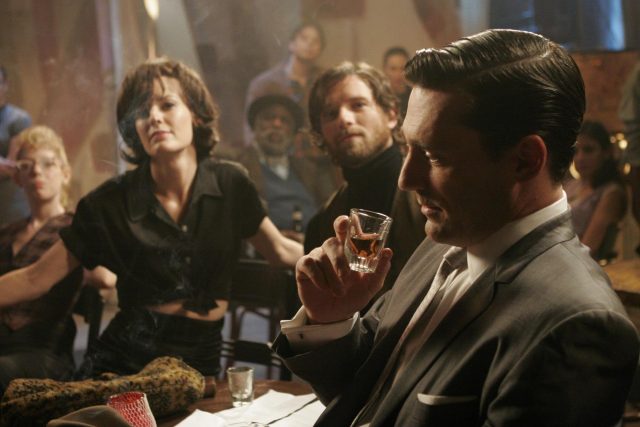
A major component of Mad Men is the casual drinking that happens in the offices of Sterling Cooper. However, although many executive lunches did involve some drinking, there would never be alcohol in senior partners’ offices.
According to Lola Cherson, who worked in PR at Grey and Davis Advertising from the late 1960s to the early 1970s, people would “never get loaded in the office with booze.” However, she does mention that lunches were often long and people could put anything on an expense account.
3. Shea Stadium
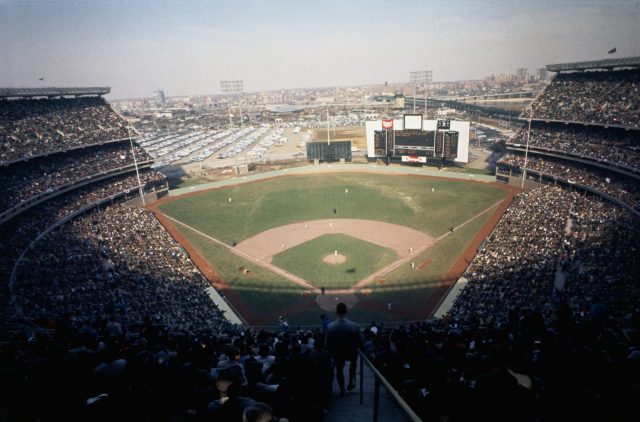
In the second season of Mad Men, the character Kenneth “Ken” Cosgrove, who worked as an account executive at the Sterling Cooper Advertising Agency, asked a girl to a Mets game at Shea Stadium. However, this particular episode was set in 1962.
The issue? Shea Stadium was built in 1964. In 1962, the Mets would have played at the Polo Grounds. However, in the grand scheme of things, this is just a minor historical inaccuracy.
4. Female office fashion
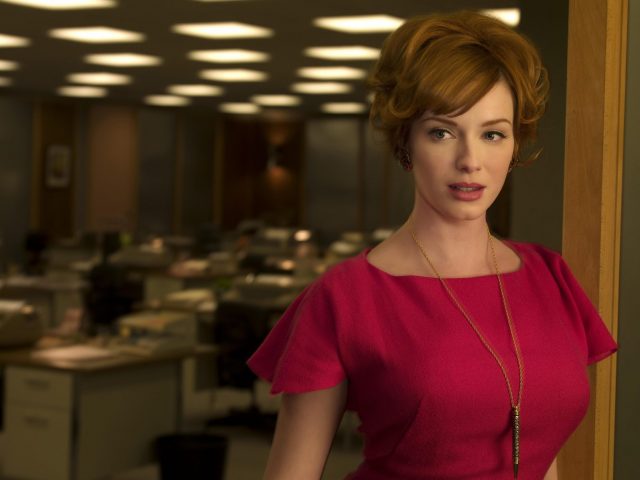
The women in the series, including Peggy, Joan, and Betty, often seem to have their choices limited on the basis of their gender. Although women’s rights began to change throughout the decade of the ’60s, the portrayal of the female office fashion in Mad Men is not entirely historically accurate for the time.
According to Lola Cherson, many of Joan’s outfits would not fly in real advertising agencies. Cherson compares many of the dresses worn in the office to cocktail dresses and states that nobody dressed like that. Similarly, women would never have shown cleavage in the office.
5. Bryn Mawr Sororities
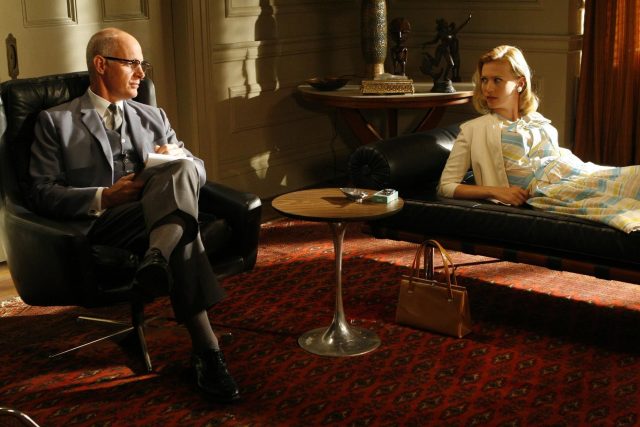
In the first season, Betty Draper begins to see a therapist. During one of her sessions, she tells her therapist that one of her neighbors had a jealous attitude that reminded her of her sorority days at Bryn Mawr. Although Bryn Mawr was an all-female college, there were no sororities associated with the school. Therefore, Betty would have never been in a sorority at Bryn Mawr.
6. Language used throughout the show
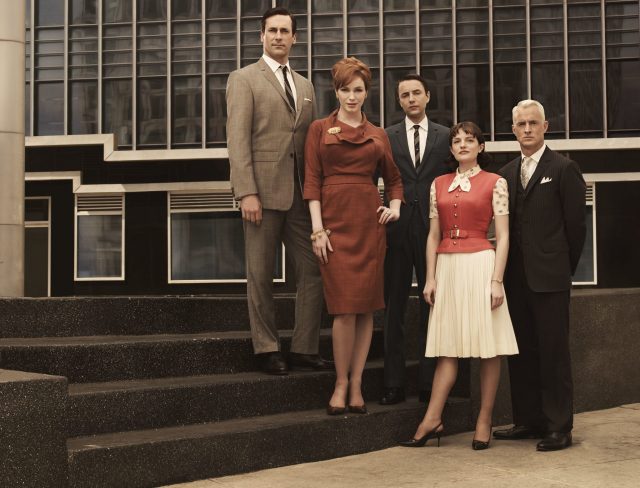
Many of the phrases used throughout the show were not popular in the 1960s. Phrases such as “I’m in a very good place right now” and “I am so over you” were not used in the 1960s. Similarly, in the first season, Joan says “the medium is the message” to Peggy. This quote was made popular by Marshall McLuhan in his 1964 book Understanding Media: The Extension of Man. However, season one was set in 1960, so Joan would have had to coin that phrase herself.
More from us: ThisThe Real PT Barnum — What Did ‘The Greatest Showman’ Get Right?
Modern business talk is also apparent in the office. Phrases such “leverage,” “signing bonus,” and “keep a low profile” are used today in a business setting, but they were not used in the 1960s.
